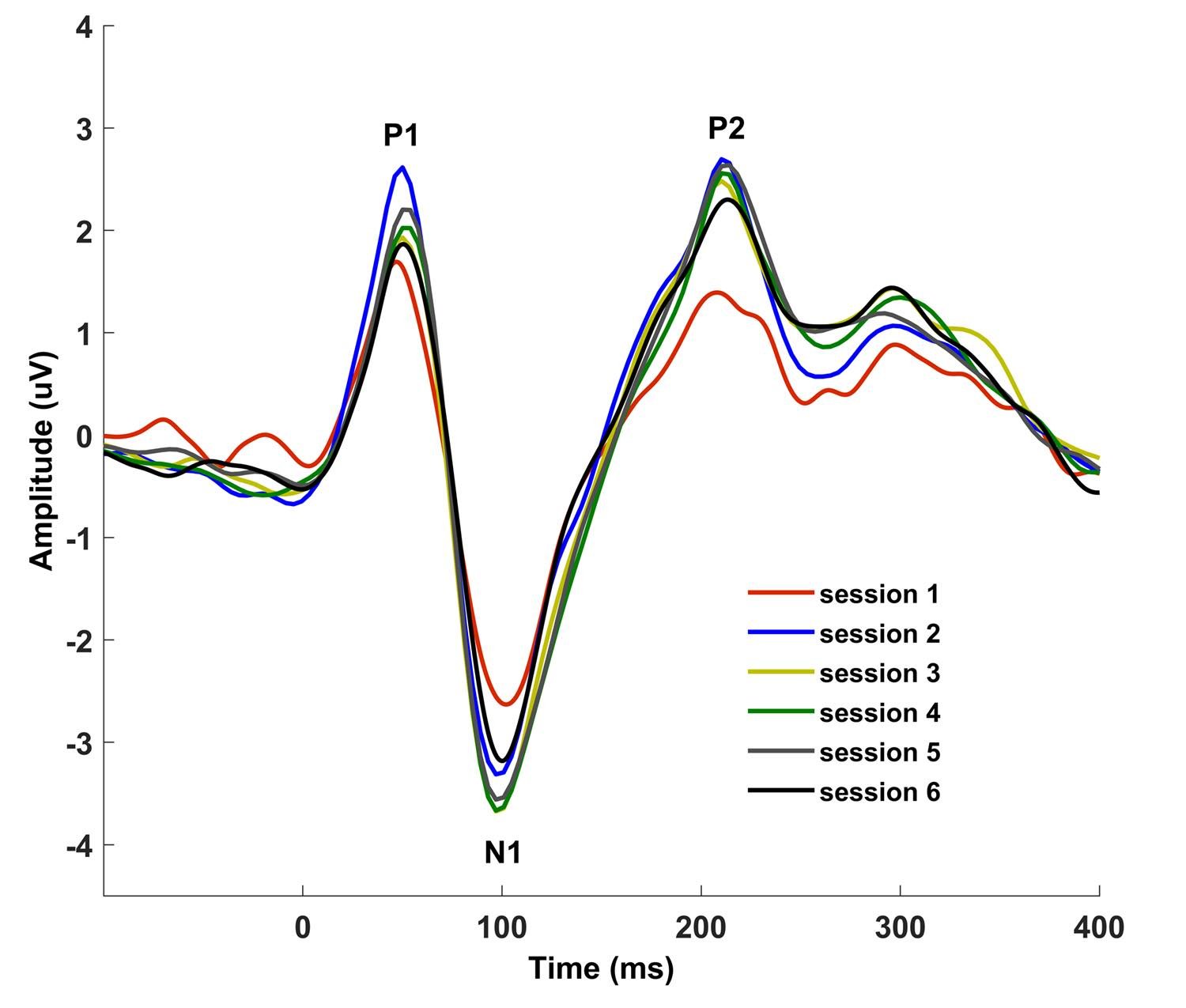By Samira Anderson, Au.D., Ph.D.
New hearing aid users often report significant improvements in quality of life as they connect once again to the hearing world around them. Yet, first-time hearing aid users may find that newly amplified sounds are overwhelming.
The onset of hearing loss usually occurs slowly, and individuals may wait seven or more years before deciding to pursue treatment for hearing loss. During this time, the brain adjusts to the lack of sound input by increasing the firing rate of auditory neurons, making them more excitable. This increased excitability can make newly amplified sounds seem uncomfortably loud.
Fortunately, the brain can readjust to an increase in auditory input through the use of hearing aids. This adjustment period takes time, however, and knowledge of the time course of neural adaptation may be useful when counseling patients that are fit with hearing aids for the first time.
In 2014, my colleagues at the University of Maryland and I were awarded an Emerging Research Grant to evaluate neural plasticity associated with hearing aid use. We recruited listeners with mild-to-moderate sensorineural hearing loss who had never worn hearing aids and randomly assigned them to two groups.
The first group of 17 individuals was fit with hearing aids and wore them for at least eight hours a day for six months. The second group of 14 individuals was fit and tested with hearing aids but did not wear them during the six-month period. Both groups were tested with a battery of behavioral, electrophysiological, and cognitive tests.
Our initial studies demonstrated plasticity in the hearing aid use group through improved brain processing, speech-in-noise performance, and working memory scores (Neuropsychologia, 2018; Clinical Neurophysiology, 2018). These changes were not observed in the no hearing aid use group.
Our group recently published a follow-up study in Frontiers in Aging Neuroscience in May 2022 that determined the time course of changes in brain processing over the course of six months. We measured cortical speech processing while wearing hearing aids at six time points: initial fitting, two weeks, six weeks, 12 weeks, 18 weeks, and six months post-hearing aid fitting.
We found that early stages of brain processing changed rapidly. Peak N1 of the cortical response signals the brain’s orientation to an auditory stimulus. The amplitude of N1 increased after just two weeks. Later stages of brain processing required more time to observe a consistent change. Peak P2 of the cortical response signals the brain’s early identification of an auditory stimulus. For example, if one hears the sound of a toilet flushing, the brain forms an auditory image of a toilet at an unconscious level. Increases in P2 amplitude were observed after six weeks of hearing aid use.
The figure below displays changes in these amplitudes over the course of six sessions.
Average changes in cortical response amplitudes to a speech syllable in 17 new hearing aid users are displayed for six sessions. A significant increase in N1 amplitude was noted in session 2 (two weeks after hearing aid fitting) but the increase in P2 amplitude did not consistently occur until session 4 (12 weeks after hearing aid fitting). Credit: Modified from Karawani et al., Frontiers in Aging Neuroscience, 2022.
So, what does this mean for the new hearing aid user? The brain adjusts quickly to amplified sound—that’s a good thing. But the brain’s ability to fully interpret amplified signals in a meaningful way requires a longer period of time. The typical hearing aid trial period is 30 days, so the hearing aid user may not be experiencing the full benefits of amplification at the end of that period.
Audiologists may wish to use this information to counsel the patient that hearing through amplification should continue to improve, especially with respect to clarity.
Our paper also found that electrophysiology testing on the first day of hearing aid fitting predicted later improvements. Perhaps in the future we will see an increase in the use of electrophysiology to manage hearing loss and to counsel patients regarding appropriate expectations.
Samira Anderson, Au.D., Ph.D., is a 2014 Emerging Research Grants scientist generously funded by Royal Arch Research Assistance. We thank RARA for their ongoing support of research in the area of central auditory processing disorders. Watch Anderson share her research on age-related hearing loss in our Hearing Health Hour webinar.









The next step in this field is the use of powerful modern sequencing technology in order to map gene activity and gene regulation during hair cell regeneration in fish and birds as well as in mammalian balance organs.